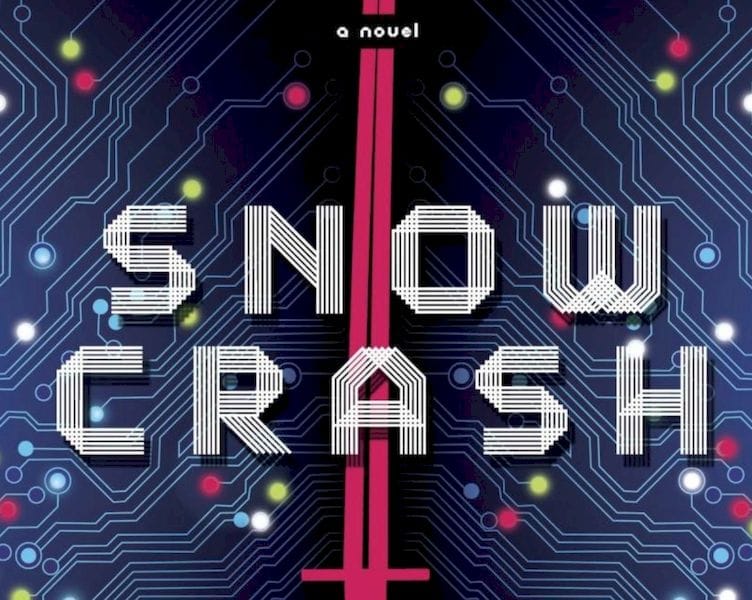
This week’s selection is the mind-opening Snow Crash by Neal Stephenson.
This work of fiction from 1992, almost before the Internet became widely known to the public, and perhaps was partly inspired by Stephenson’s thoughts on how these then-new digital technologies might evolve in human hands.
The story is an adventure involving criminals, skateboarding, pizza delivery, pseudo-governmental institutions and secret data. But while the story is certainly entertaining, what caught my interest was the use of technology projections, as Stephenson is wont to do on most of his literary projects.
In Snow Crash, Stephenson introduced the concept of the “Metaverse”, a kind of virtual world in which the protagonists (particularly the main protagonist, whose name is literally “Hiro Protagonist”) enter this world to perform a number of tasks they could not get done in the real world, specifically involving the secret data mentioned above.
Protagonist is a pizza delivery driver and at the same time a hacker, where he can become “someone else” in the Metaverse. This concept today seems routine, but at the time of this writing it was definitely not.
The work inspired things to happen in the real world: an early version of a kind of Metaverse, Second Life, was created by Philip Rosedale in 2005. The buzz about the project was of such magnitude in those days that it attracted large numbers of participants, many of whom were baffled by the strange, virtual world.
You see, that Metaverse required its participants to literally build the virtual environment themselves. Thus there were plenty of people who were introduced to the concept of 3D modeling and 3D thinking.
Most of those participants passed on to other virtual environments, but they carried with them their knowledge of 3D.
And just about then was the moment when the 3D Systems and Stratasys 3D printing patents expired, allowing companies like MakerBot and Ultimaker to put 3D printing tools in the hands of many individuals who understood 3D technologies.
While Snow Crash doesn’t specifically talk about 3D printing, I feel that it has had a kind of silent influence on the technology’s trajectory since it came out years ago.
And that’s why it’s Book of the Week.
Via Amazon

